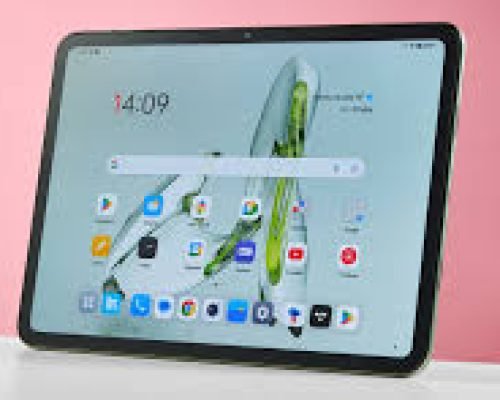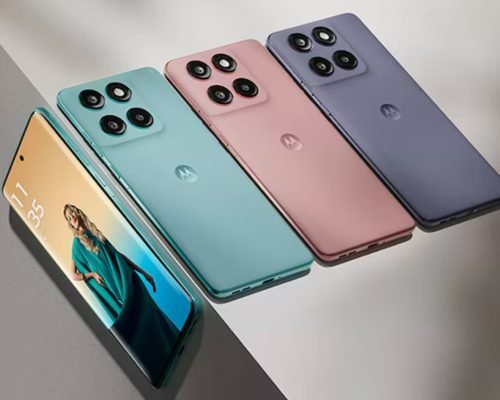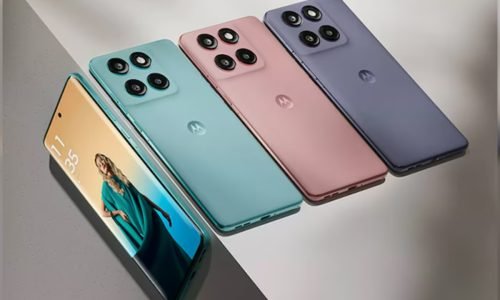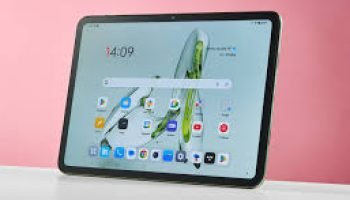In the ever-evolving landscape of smartphones, connectivity has always been at the heart of user experience. In 2025, the arrival and widespread implementation of 5G technology is not just a buzzword anymore—it’s a revolution that’s fundamentally transforming how we use our mobile devices. The fifth-generation mobile network, or 5G, is quickly becoming a staple in even mid-range phones, bringing unprecedented speeds, ultra-low latency, and enhanced connectivity across urban and rural environments alike.
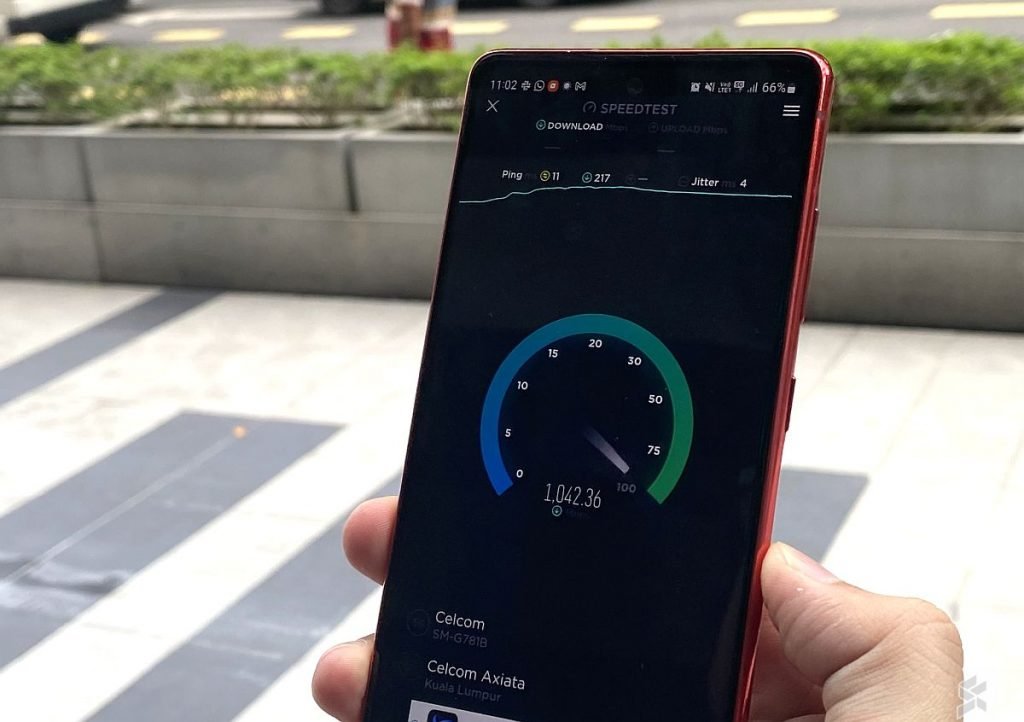
What Makes 5G So Revolutionary?
5G is more than just faster internet—it’s a platform for next-gen mobile experiences. The technology can deliver download speeds up to 10 Gbps, compared to the peak of 100 Mbps in 4G LTE. This speed allows users to stream 4K and 8K content seamlessly, engage in lag-free mobile gaming, and experience video conferencing with near-zero latency. For professionals and creators who rely on mobile data, this is a game-changer.
But the real power of 5G lies in its low latency—as low as 1 millisecond. This is vital not only for mobile gaming and real-time collaboration, but also for emerging technologies like augmented reality (AR), virtual reality (VR), and the Internet of Things (IoT), where instant communication between devices is essential.
Enhanced User Experience in Everyday Life
With 5G, the smartphone is becoming an even more central hub for everyday life. Navigation apps provide faster route updates in real-time, cloud services like Google Drive or iCloud sync instantly, and smart assistants such as Siri, Google Assistant, and Alexa perform voice commands with quicker response times due to improved network responsiveness.
Furthermore, 5G allows multiple devices to connect with greater stability, which is crucial as users increasingly rely on wearables like smartwatches, fitness trackers, and AR glasses. It ensures your phone remains a powerful command center for a growing network of smart gadgets.
Bridging the Urban-Rural Connectivity Gap
One of the promises of 5G is not just enhancing urban connectivity, but also closing the digital divide. Telecom providers are investing in expanding 5G coverage to rural and underserved areas, enabling high-speed internet access where wired broadband is limited or non-existent. This opens doors for remote education, telemedicine, and e-commerce in regions previously disconnected from digital infrastructure.
A Catalyst for Innovation
5G’s impact goes far beyond current apps and services. It lays the groundwork for innovation in mobile tech. Foldable phones and dual-screen devices can now support simultaneous high-bandwidth applications—such as video editing and streaming—on the go. In sectors like healthcare and manufacturing, mobile devices equipped with 5G can power remote diagnostics, robotic surgeries, and machine-to-machine communication with incredible precision.
For developers and entrepreneurs, this means new opportunities. Startups are beginning to explore cloud-native mobile applications and edge computing to leverage the capabilities of 5G, creating more immersive, responsive, and data-rich experiences.
What’s Next?
As we move deeper into 2025, the focus will shift toward 5G-Advanced, an evolution of current 5G that promises even more efficient bandwidth usage and energy savings. Simultaneously, more countries are adopting 5G infrastructure, and smartphone manufacturers are increasingly designing devices optimized to maximize this potential.
In summary, 5G is not just a step forward—it’s a leap into a new era of mobile technology. As networks expand and hardware catches up, users will experience connectivity that is smarter, faster, and more reliable than ever before.


